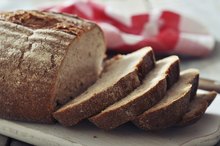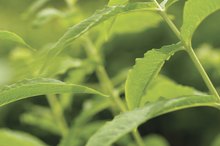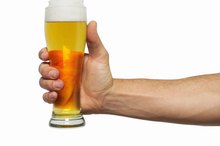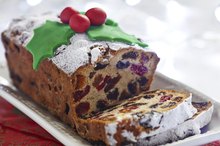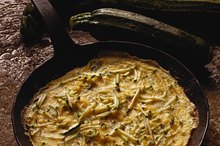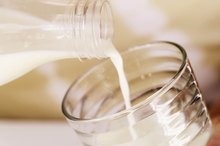How Many Calories Should Be Burned to Lose 2.2 Pounds?
The Centers for Disease Control and Prevention estimates that more than 35 percent of American adults are obese. Obesity puts you at greater risk for health issues such as diabetes, heart disease and stroke. The only way to lose weight is to consume fewer calories than you burn. Your weight influences how many calories you burn for different activities. Someone who weighed less would burn fewer calories during the same activity, while someone weighing more would burn more calories.
Kilograms and Calories
You need to burn 3,500 calories to lose 1 pound. It would take 7,700 calories to eliminate 2.2 pounds. You can determine the calories needed to be burned for any amount of weight by multiplying 3,500 by the number of pounds. In this case, 3,500 times 2.2 equals 7,700 calories. A good weight-loss strategy is combining calorie reduction with exercise. If you reduce your daily caloric intake by 100 calories -- try switching from 2 percent to 1 percent milk, for example -- and jog vigorously for 30 minutes daily, to burn around 295 calories, it would take almost 20 days to lose 2.2 pounds.
Related Articles
References
Writer Bio
K.T. Parker is the author of multiple fiction novels and many articles, mostly about health topics. Her education in nutrition augments her pursuit of a degree in Naturopathy.
